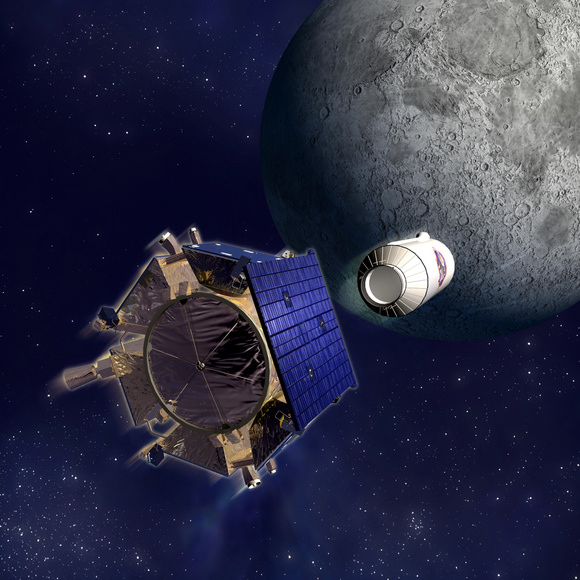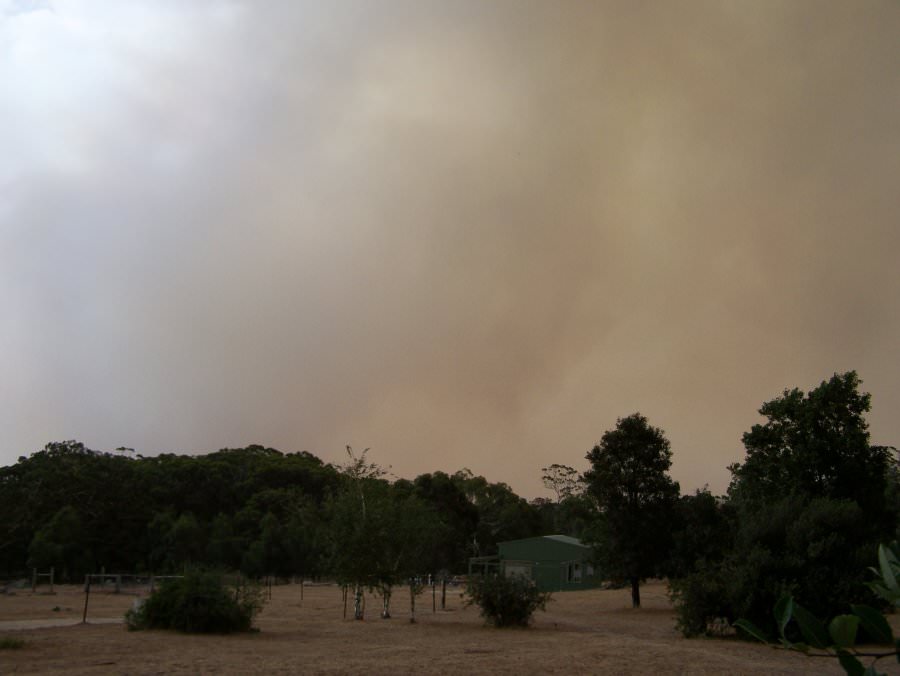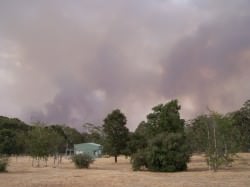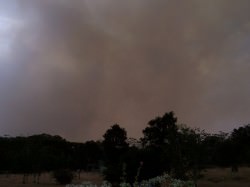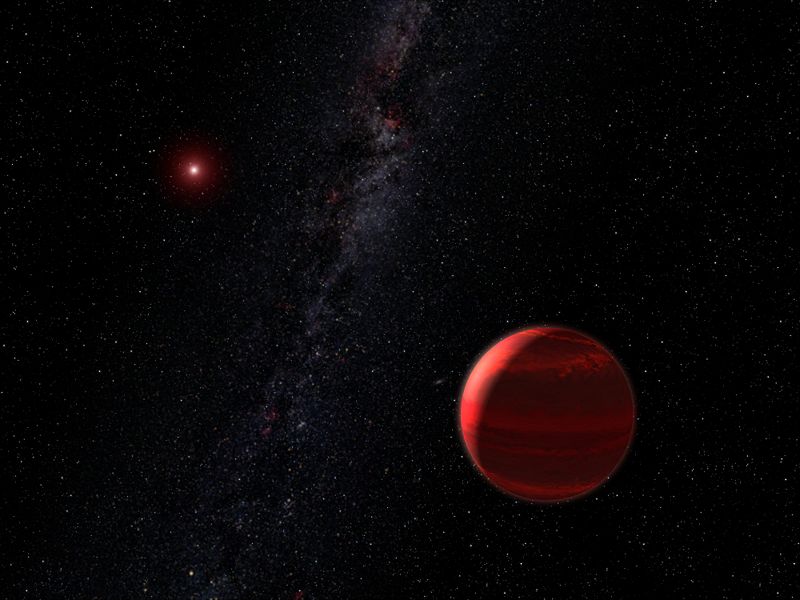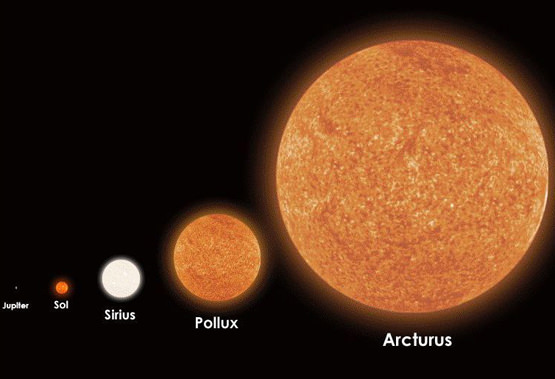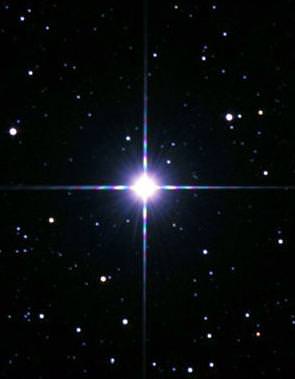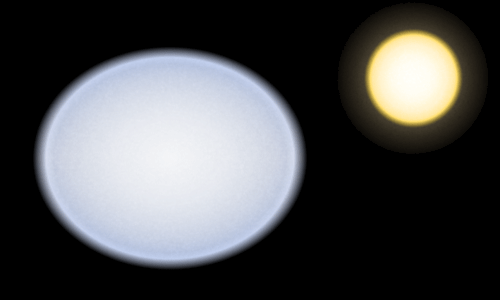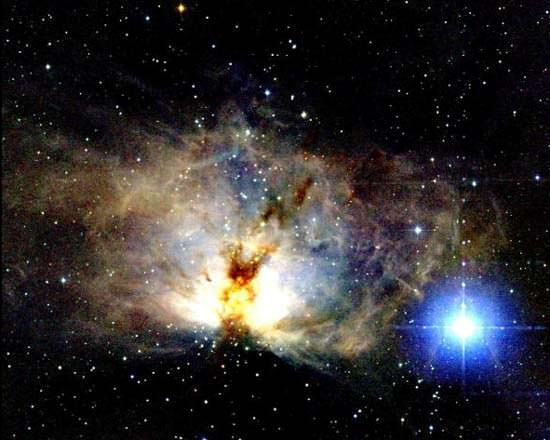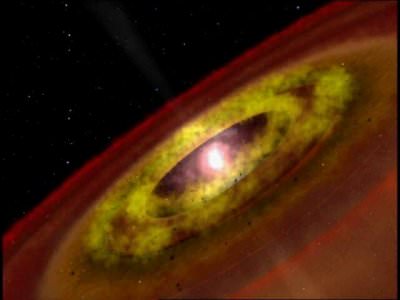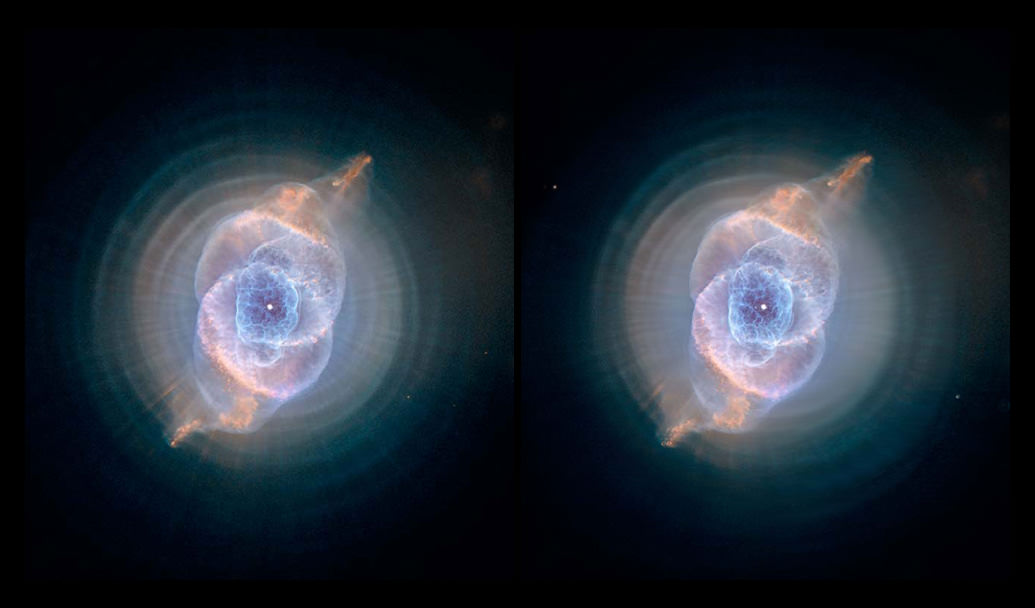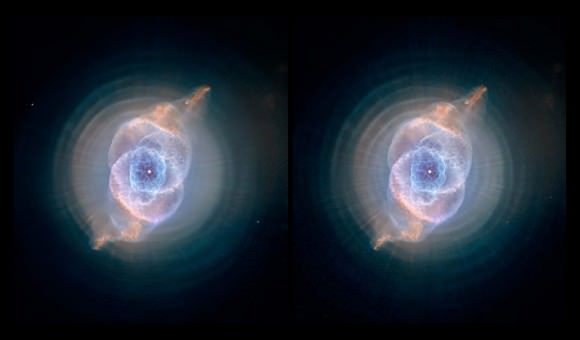[/caption]
Early next week, a NASA craft designed to hammer the moon will travel from California to the Kennedy Space Center — one step closer to the planned April 24 launch. The Lunar Crater Observation and Sensing Satellite, or LCROSS, will hitch a ride to the moon aboard the Lunar Reconnaissance Orbiter. The orbiter carries a suite of instruments for taking detailed temperature readings, looking at the effects of radiation on the lunar surface and scoping out good landing sites for future missions, among other science goals.
Sound a little intrusive? That’s nothing compared to the 15-foot (4.5-meter) deep, 100-foot (30 meter) wide hole that LCROSS will gouge into the lunar surface.
The whole package will spend about four days in transit to the moon, and then will orbit for several months, searching for the best impact site and setting up a prime trajectory. Around the first of August, LCROSS will approach the moon in two parts. First, it will fire its car-sized rocket to separate from the orbiter, then quickly shed the rocket and send it pummeling into the moon — at a whopping 5,600 miles (9,000 km) per hour. The target is the permanently shadowed floor in one of the North Pole’s craters, where ice is most likely to be hiding. The impact is expected to dislodge 220 tons of material from the lunar surface. Debris will fly as far as 30 miles (50 km) from the impact site, providing a Deep-Impact-style explosion that should be visible with amateur telescopes on Earth.
Then, the LCROSS satellite itself will fly through the plume on a collision course with the lunar surface, sending information to Earth until the moment of its own demise. The Lunar Reconnaissance Orbiter will be watching, along with India’s lunar orbiter, called Chandrayaan-1, Japan’s Kaguya (SELENE) and a host of Earth-bound professional telescopes. The sweet spot for observing the impact will be just after sunset in Hawaii, and possibly on the western coasts of the United States and South America — with countries along the moon’s course catching the aftermath.
Hints of water were sent to Earth in the 1990s, when the Naval Research Laboratory’s Clementine mission detected hydrogen signals at the lunar poles. The data did not reveal whether the element is contained in water or another hydrogen-bearing compound, such as hydrated minerals or hydrocarbons. LCROSS is the fourth mission to aim for the moon’s surface in the past decade. NASA’s 1999 impact with the Lunar Prospector failed to dislodge detectable water ice. The European Space Agency’s SMART-1 pummeled the lunar surface in 2006, while telecopes all over the world took data on the ejecta. India’s Moon Impact Probe detached from Chandrayaan-1 and crashed into the moon in October, with a goal of analyzing lunar dust and especially to find Helium 3, an isotope rare on Earth which could hold value for energy production. LCROSS will make the first definitive investigation for water within a permanently shadowed crater, the most likely place where it wouldn’t have evaporated over the moon’s history.
The $79 million, cost-capped mission is unusual because it utilizes commercially available technology for some of its software and scientific instruments. LCROSS could serve as a model for future missions that employ available technology, rather than relying on designs built from scratch, said Jonas Dino, a NASA spokesman at Ames Research Center in Moffett Field, California.
Finding water on the moon would boost its usefulness for supporting infrastructure. The moon could, for example, serve as a launching site for manned exploration of Mars or destinations beyond. The moon’s gravity, just one-sixth the strength of Earth’s, would allow the use of much smaller rockets to go the same distance as missions from Earth. Hydrogen from the lunar surface could also be used in making rocket fuel, which would cut costs for space exploration.
Sources: LCROSS website and interviews with NASA spokesmen Grey Hautaluoma, in Washington, D.C. and Jonas Dino in California.

